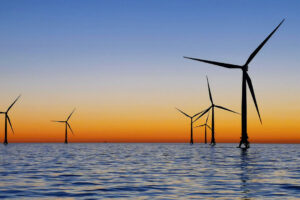THE Department of Energy (DoE) said on Thursday that the second round of its green energy auction program attracted firm project commitments equivalent to 3,440 megawatts (MW) of renewable energy (RE) capacity.
The total is lower than the capacity awarded at auction after some participants failed to comply with bidding requirements.
In a statement on Thursday, the DoE said the projects have timelines between 2024 and 2026. It said pricing achieved was competitive, being lower than or equal to the green energy auction reserve (GEAR) prices set by the Energy Regulatory Commission.
GEA-2 interest was sparse, with final awards being less than a third of the 11,600 MW capacity on offer.
The GEA-2 auction was conducted on July 3, with successful bids equivalent to 3,580.76 MW. Three awardees were eventually rejected for failure to comply with the terms of reference (ToR) set for the auction round, the DoE said.
“Since the bids were further evaluated by the technical working group, bid bonds of three potential winning bidders were not accepted for failure to comply with the ToR,” the DoE said.
About 1,878.982 MW of the capacity committed for development and installation consists of ground-mounted wind projects; 1,462.384 MW represent from onshore wind; and 9.39 MW and 90 MW were rooftop solar and floating solar projects, respectively.
Winning bidders are required to submit post-auction documents within 60 calendar days or until Sept. 10. Failure to comply with the requirements will result in the cancellation of the award and forfeiture of the bid bond.
Under the DoE’s terms of reference, qualified bidders are expected to post a bid amounting to P1 million per megawatt.
The DoE blamed the low turnout of GEA-2 on concerns about transmission lines available for the projects as well as the low reserve prices on offer.
The GEA program aims to promote RE as a primary source of energy through competitive selection. The DoE said the green energy program will also help the government reach its goal of increasing the share of renewables in the energy mix to 35% by 2030 and 50% by 2040. — Ashley Erika O. Jose

